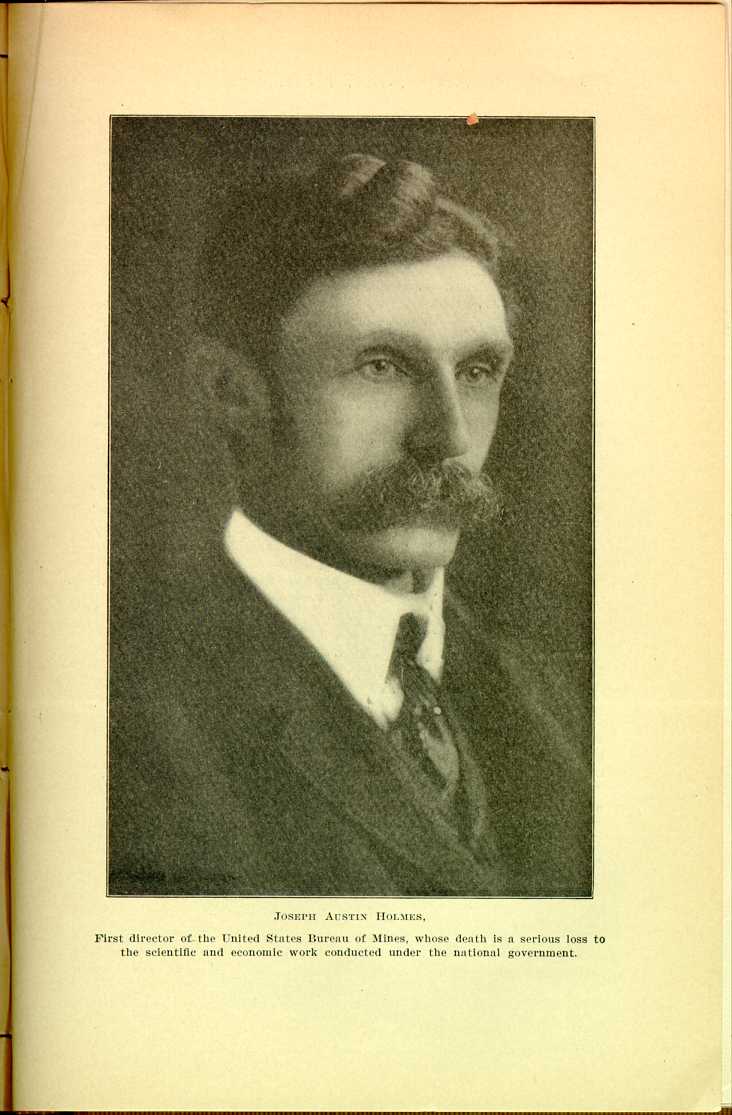| The Scientific Monthly | ||
THE SECOND PAN-AMERICAN
SCIENTIFIC CONGRESS
THERE will be held at Washington from Monday, December 27, to Saturday, January 9, the second Pan-American
I. Anthropology, Wm. H. Holmes.
II. Astronomy, Meteorology, and Seismology, Robert S. Woodward.
III. Conservation of Natural Resources, Agriculture, Irrigation and Forestry, George M. Rommel.
IV. Education, P. P. Claxton.
V. Engineering, W. H. Bixby.
VI. International Law, Public Law, and Jurisprudence, James Brown Scott.
VII. Mining and Metallurgy, Economic Geology, and Applied Chemistry, Hennen Jennings.
VIII. Public Health and Medical Science, Wm. C. Gorgas.
IX. Transportation, Commerce, Finance, and Taxation, L. S. Rowe.
Each section is divided further into subsections, of which there are forty-five, each with a special committee and program. Several of the leading national associations of the United States, concerned with the investigation of subjects of pertinent interest to some of the sections of the congress, have received and accepted invitations from the executive committee of congress to meet in Washington at the same time and hold one or more joint sessions with a section or subsection of corresponding interest. Thus the nineteenth International Congress of Americanists will meet in Washington during the same week with the Pan-American Scientific Congress, and joint conferences will be held for the discussion of subjects of common interest to members of the two organizations
As an example of the wide scope of the congress we may quote the ten subsections into which the section of education is divided. Each of these subsections is under a committee of men distinguished in educational work and men of eminence have been invited to take part in the proceedings. The subjects proposed for discussion by each of these sections are:
Elementary Education: To what extent should elementary education be supported by local taxation, and to what extent by state taxation? What should be the determining factors in the distribution of support? Secondary Education: What should be the primary and what the secondary purpose of high school education? To what extent should courses of study in the high school be determined by the requirements for admission to college, and to what extent by the demands of industrial and civic life? University Education: Should universities and colleges supported by public funds be controlled by independent and autonomous powers, or should they be controlled directly by central state authority? Education of Women: To what extent is coeducation desirable in elementary schools, high schools, colleges and universities? Exchange of Professors and Students between Countries: To what extent is an exchange of students and professors between American republics desirable? What is the most effective basis for a system of exchange? What plans should be adopted in order to secure mutual recognition of technical and professional degrees by American Republics? Engineering Education: To what extent may college courses in engineering be profitably supplemented by practical work in the shop? To what extent may laboratory work in engineering be replaced through cooperation with industrial plants? Medical Education: What preparation should be required for admission to medical schools? What should he the minimum requirements for graduation? What portion of the faculty of a medical school should be

JOSEPH AUSTIN HOLMES.
First director of the United States
Bureau of Mines, whose death is a serious loss to the scientific and
economic work conducted under the national government.
[Description: Photograph of a man (Joseph Austin Holmes) sporting a large,
full moustache and a three-piece suit.]
| The Scientific Monthly | ||